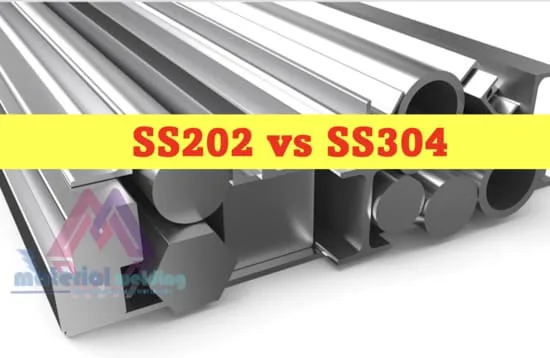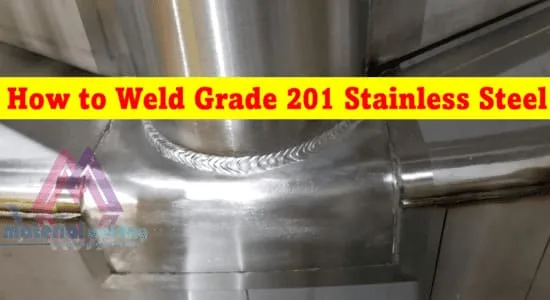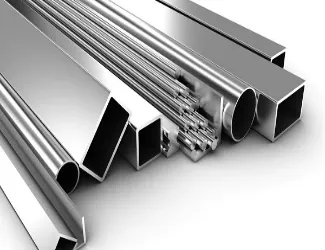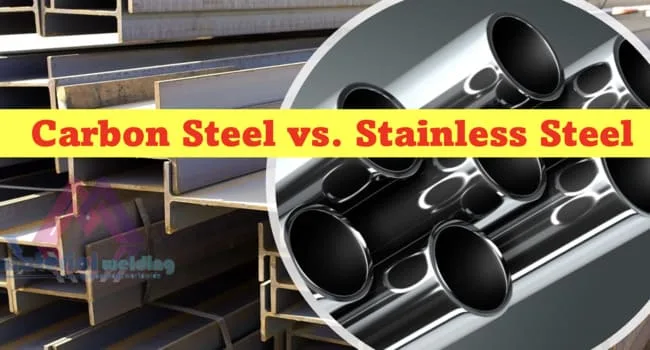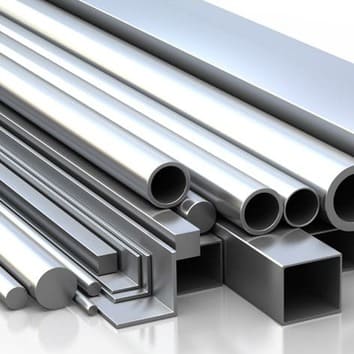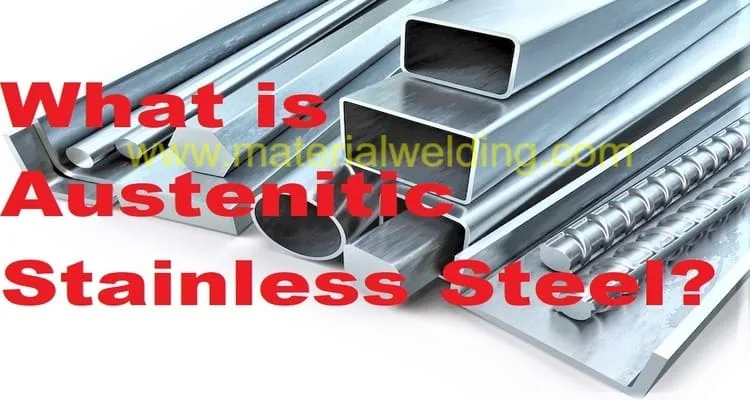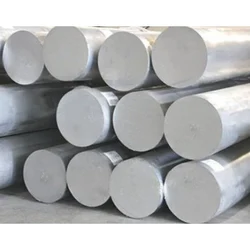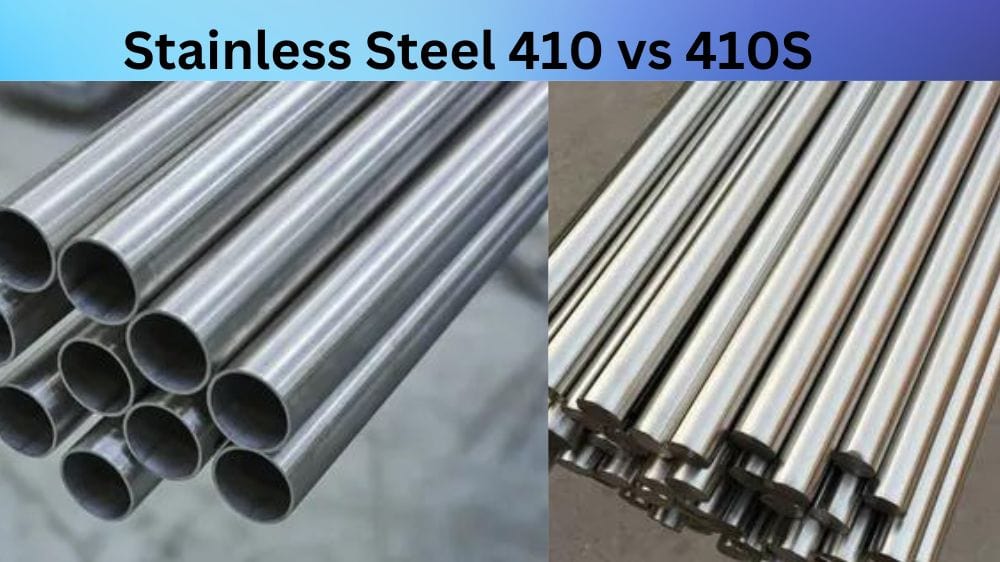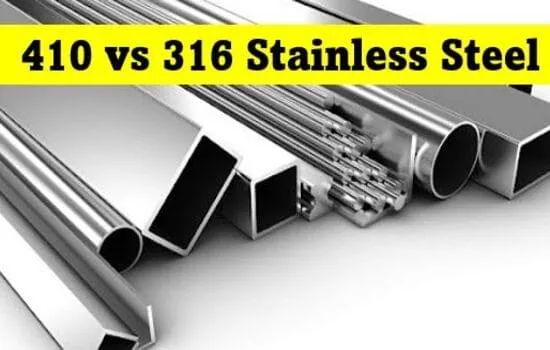Stainless steel is a favorite material for many industries because it doesn’t rust easily, it’s strong, it have high galling resistance- thanks to its high manganese content and excellent low temperature (Cryogenic) toughness properties. SS202 is an affordable choice compared to other stainless steel types like 304 and 316. In this blog post, we’ll learn about SS202, what it’s made of, and how to weld it properly.
What is SS202?
Grade 202 stainless steel is a type of steel that is not magnetic and is made up of chromium, nickel, and manganese. It is commonly used for things like kitchenware, appliances, automotive trims, and building decorations. It is less expensive than other stainless steel grades, but it is still strong and has a nice appearance.
The UNS number of SS202 Stainless steel is UNS S20200.
Read more: SS202 vs SS304: A Comprehensive Comparison of Stainless Steels
Chemical and Mechanical Properties
SS202 has a mix of metals in it, like chromium, nickel, and manganese. These metals give it strength and help it resist rusting. It has a tensile strength of around 515 megapascals (MPa) and a yield strength of about 275 MPa.
| Property | SS202 |
|---|---|
| Chromium: | 17-19% |
| Nickel: | 4-6% |
| Manganese: | 7.5-10% |
| Carbon: | ≤ 0.15% |
| Silicon: | ≤ 1% |
| Phosphorus: | ≤ 0.06% |
| Sulfur: | ≤ 0.03% |
| Tensile Strength | ~515 MPa |
| Yield Strength | ~275 MPa |
| Elongation | ~40% |
| Density | 7.8 g/cm³ |
| Melting Point | 1,400-1,425°C (2,552-2,597°F) |
Welding Rod for 202 Stainless Steel
When welding SS202, it’s essential to use the right welding rod. A welding rod with the same or similar composition as the base metal is recommended. A common choice is the AWS E308L electrode, which contains chromium and nickel. This type of rod helps create a strong weld, and it helps keep the welded area from rusting.
SS202 is a type of Austenitic Stainless Steel where Manganese is used to partially replace Nickel, making it comparable to SS304. Its chemical composition includes:
- Maximum of 0.15% Carbon
- Chromium ranging between 17-19%
- Nickel at 4-6%
- Manganese between 7.5 and 10%
- Maximum of 0.25% Nitrogen
This type of steel also undergoes a process known as strain hardening.
Now, let’s discuss about its welding:
- Covered Electrodes: To achieve a chemical composition similar to that of SS202, you may use covered electrodes identified as AWS A5.4, E219-16, or UNS-W32310. However, a more common type of stainless steel electrode, the E308–16 (used for welding SS304), may also be employed.
- Bare Rods: For a similar chemical composition during welding with bare rods, the use of AWS A5.9, ER219, or UNS-S21980 is recommended, especially when you’re utilizing Tungsten Inert Gas (TIG) welding. However, more common stainless steel rods, like the ER308 or UNS-S30880, can also be used.
Welding Gas
The right welding gas is important to protect the weld from contamination and oxidation. When welding SS202, it’s best to use a mix of argon and carbon dioxide (CO2) or argon and oxygen for MIG Welding. TIG Welding uses pure argon gas shielding.
Heat Treatment
Heat treatment is sometimes needed after welding to help the metal return to its original properties. For SS202, a full annealing process is recommended. To do this, heat the welded area to about 1,900°F (1,040°C) and then cool it down slowly. This process helps relieve stress in the welded area and improves the metal’s corrosion resistance.
In conclusion, welding grade 202 stainless steel can be a straightforward process if you use the right materials and techniques. By following these guidelines and using the proper welding rod, filler wire, welding gas, and heat treatment, you can create strong, durable welds on SS202. Always remember to practice safety precautions and follow the manufacturer’s instructions for the best results.
